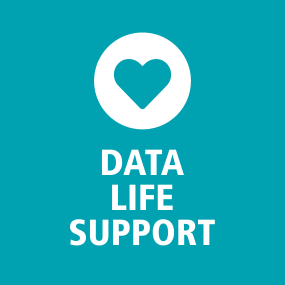Demographics
for the Philippines
Demographics
for the Philippines
Demographics for the Philippines presents the number of households, population figures by sex and age band plus the number of unemployed. If the sales performance of your product is linked to these factors, this data product can help you find the right customers in the right places.

Demographics for the Philippines
This Demographics product presents population statistics for the Philippines and an extensive range of other countries. In addition to the number of households, population is classified by sex and age (divided into five groups of fifteen-year bands) plus the number of unemployed. The analysis of this data by geographic area will help improve your customer targeting and market identification in the Philippines. Consistent and comparable data, with seamless transitions across borders, make this product ideal for international projects.
Demographics data can be purchased on its own or bundled with GIS polygon data for administrative regions, postcodes and small areas. This effective combination will allow you to perform enlightening analysis supported by stunning visualisations.
 Philippines – Barangays
Philippines – Barangays
Product details
| Demographics for the Philippines | |||
|---|---|---|---|
| Administrative | Postcode | Small Area | |
| Available | |||
| Region Type | Municipalities and Cities | Barangays | |
| Number of Regions | 1,633 | 42,017 | |
| Average Population/Region | 67,000 | 2,600 | |
| Demographic data variables included: | |||
| Population | |||
| Number of Households | |||
| Population by Sex (male/female) | |||
| Population by Age Band1 | |||
| Number Unemployed | |||
1 Age bands: 0-14, 15-29, 30-44, 45-69, 60+. Also sub-divided by sex.
Looking beyond the Philippines? Demographics data is available for a wide range of countries…
Data formats & delivery
Demographics data for the Philippines is available in many popular GIS formats, including:
- Esri Shapefile
- Esri File GeoDatabase
- MapInfo TAB (Extended)
All data products are delivered using our secure data delivery platform, Europa Data Vault.

Related products for the Philippines
Extend your market insight into the Philippines with these compatible add-on products. Ask about special pricing for map data bundles.
Regions & Boundaries
Gain a deeper understanding of geography within a country with robust map data for location analysis and visualisation.
Purchasing Power
Understand disposable income by tiered area with this key indicator for effective location and sales territory planning.
Consumer Profiles
An innovative, comprehensive ten-segment model for effective market investigation and identification of your target audience.
Free data life support
All data products supplied by Europa Technologies include free, world-class, lifetime support.
Got a technical issue or licensing question? No problem – we’re just a call or an e-mail away.
Arrange your digital map licensing through us with the assurance of great value from your data investment.
How can we help you?
Ask an expert…
Do get in touch if you would like more details about Demographic data for the Philippines (technical, licensing, pricing, etc.) or would like to arrange a personalised demo. Our product specialists will be happy to provide you with a free consultation.


 Philippines – Barangays
Philippines – Barangays

